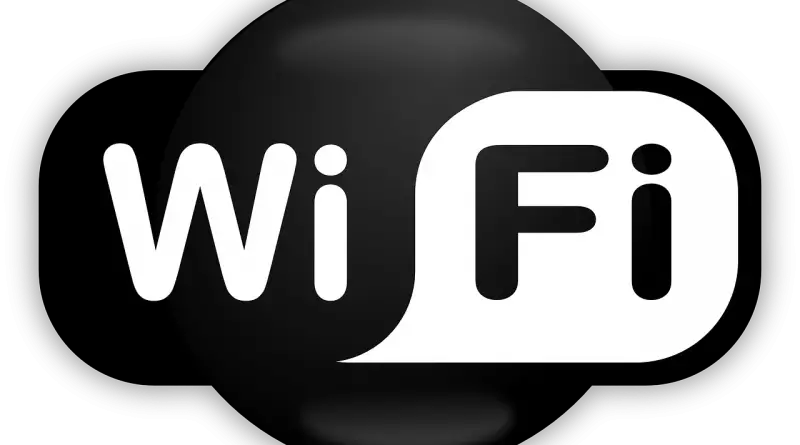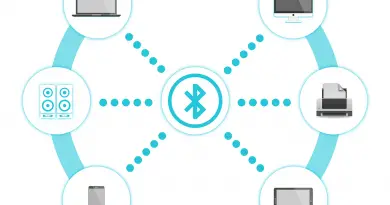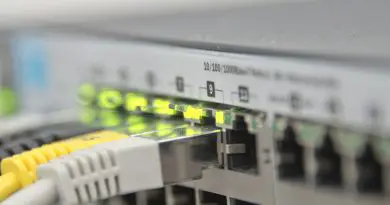What is Wimax Internet technology ? (IEEE 802.16 Standard)
In the last post, we have seen the fundamentals of the bluetooth technology (IEEE 802.15) in detail . Also, we have learned the wifi wlan standard(IEEE 802.11) in one of our earlier posts. Now we will look further to understand the Wimax internet technology which is basically the IEEE 802.16 protocol framework.
What is Wimax Internet Technology ?
Wimax is worldwide interoperability for Microwave Access. It is a family of IEEE 802.16 standards that aim to deliver wireless data to a large number of users over a wide area at rates that is comparable to that of ADSL and cable modem networks.
Wimax is based on the wireless MAN technology and is one of the hottest broadband wireless technology around today. It is a standardized wireless version of ethernet which is intended primarily as an alternative to wire technologies to provide broadband access to customer premises.
Wimax basically operates similarly to Wifi but at higher speeds over greater distances and for a greater number of users. Wimax has the ability to provide service even in areas that are difficult for wired infrastructure to reach and the ability to overcome the physical limitations of the traditional wired infrastructure.
IEEE 802.16 Protocol Standard (Wimax framework)
Wimax is based upon IEEE 802.16e , approved in Dec 2005. It is a supplement to the IEEE standard 802.16 (2004 version) . Thus these specifications need to be considered together.
IEEE 802.16e (2005 version) improves IEEE 802.16 (2004 version) by providing some additional feature as below :
- Addition of support to mobility (mobile Wimax).
- Advanced antenna diversity scheme.
- Hybrid Automatic repeat request (HARQ)
- Adaptive Antenna System (AAS)
- Multiple Input multiple output (MIMO) technology
- Addition of an extra QOS for VOIP application
The original version of the standard 802.16 specified a physical layer operating in the 10 to 66 GHz range. IEEE 802.16a updated in 2004 added specifications for the 2 to 11 GHz range.
Media Access Control Layer
The WiMAX MAC basically uses a scheduling algorithm for which a subscriber station needs to compete only once for initial entry into the network. After network entry is allowed, then the subscriber station is allocated an access slot by the base station.
The time slot can able to enlarge and contract , but remain assigned to the subscriber station, which means that other subscribers cannot use it.
IEEE 802.16 MAC frame format (Wimax frame)
Let us now see various fields present in the frame unit :


HT : It gives the header type, for generic form HT = 0
EC : It gives the encryption control info , if EC = 0 , payload is not encrypted or payload is not included . If EC = 1, then payload is encrypted.
Type : Type of frame .It indicates packing / fragmenting is present or not.
ESF : Extended subheader field , If ESF = 1, then it’s present if ESF = 0 then it’s absent.
CI : CRC indicator , If CRC = 1, CRC is included , if CRC = 0 then CRC is not included.
EKS : Encryption Key Sequence (it gives which encryption key is used)
Length : It gives a complete length of the frame including the header.
CID : It is the connection ID , it gives which connection this particular frame belongs to. (destination address)
HCS : Header check sequence to detect an error in the header (CRC code) .
IEEE 802.16 Architecture (Wimax Architecture)
The 802.16 architecture is based upon the notion of a base station that centrally serves a potentially large number of clients (subscriber station) associated with that base station.
The base stations coordinate the transmission of MAC frames in both the upstream and downstream directions according to the TDM frame structure. Wimax thus operates in a TDM manner. (Wimax also defines FDM mode of operation).
At the start of TDM frame , after preamble bits , the base station first sends a list of downstream media access protocol (MAP) message that informs the subscriber stations of the physical layer properties (modulation, coding and error correction parameters) that will be used for transmitting a subsequent burst of packets within TDM frame.
The base station may choose the set of the receiver to which it will send during the TDM frame on the basis of the estimated current channel conditions to each receiver. This type of channel scheduling is called opportunistic scheduling .
A WiMAX base station also regulates subscriber station access to the upstream channel through the use of UL – MAP message. These messages control the amount of time each subscriber station is given access to the channel in the subsequent uplink subframes.
Initial portions of the uplink subframes initial maintenance (IM) bits and connection request (CR) bits are used for subscribers to transmit radio link control messages, messages to request admission, and authentication in the WiMAX network and higher-level management protocol such as DHCP and SNMP.
In the next post, we will look into the main differences between the two wireless technologies i.e wifi and WiMAX . So stay tuned.

Aric is a tech enthusiast , who love to write about the tech related products and ‘How To’ blogs . IT Engineer by profession , right now working in the Automation field in a Software product company . The other hobbies includes singing , trekking and writing blogs .




